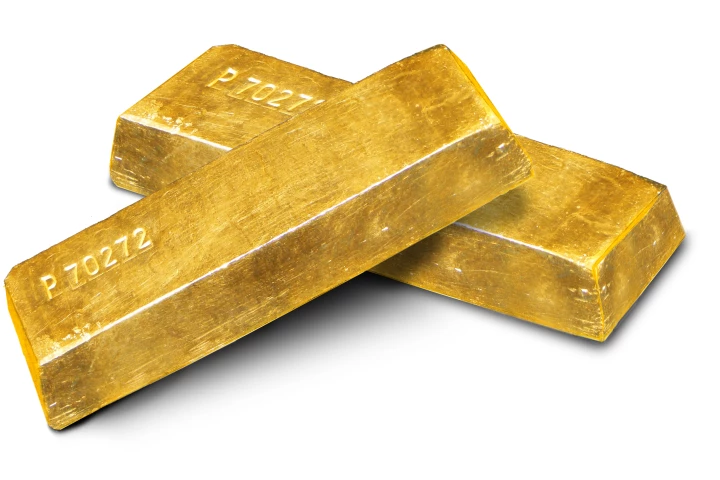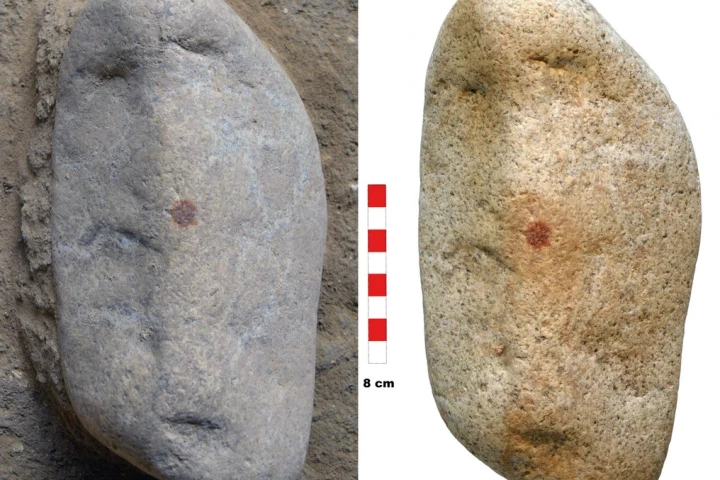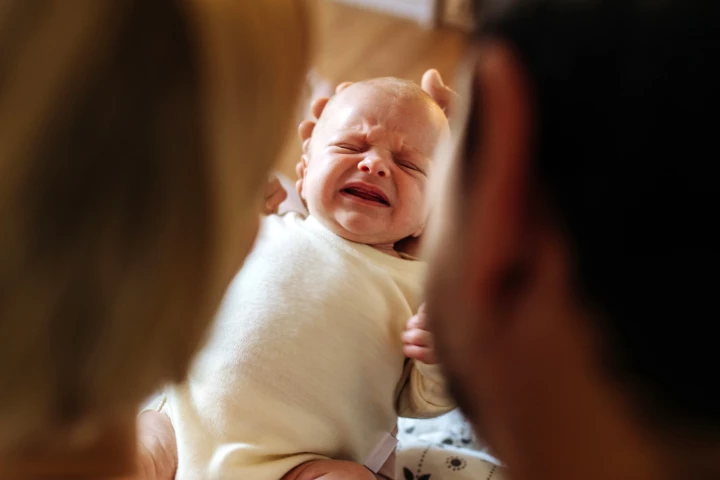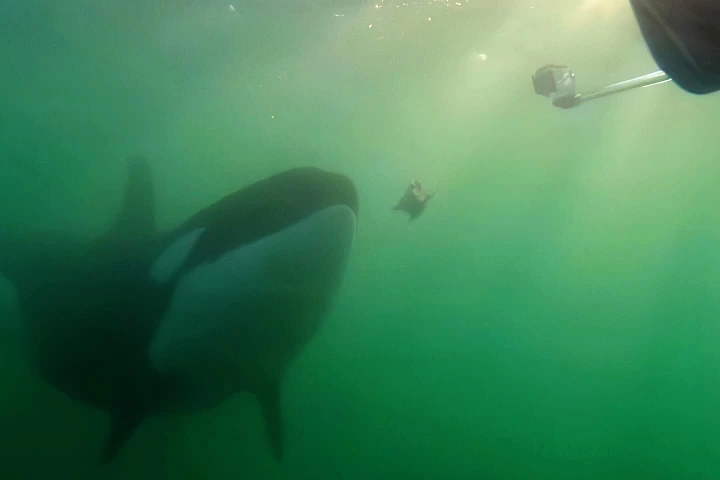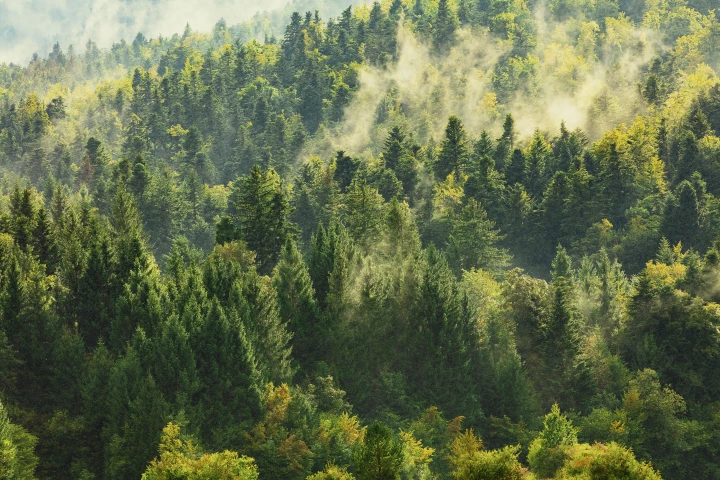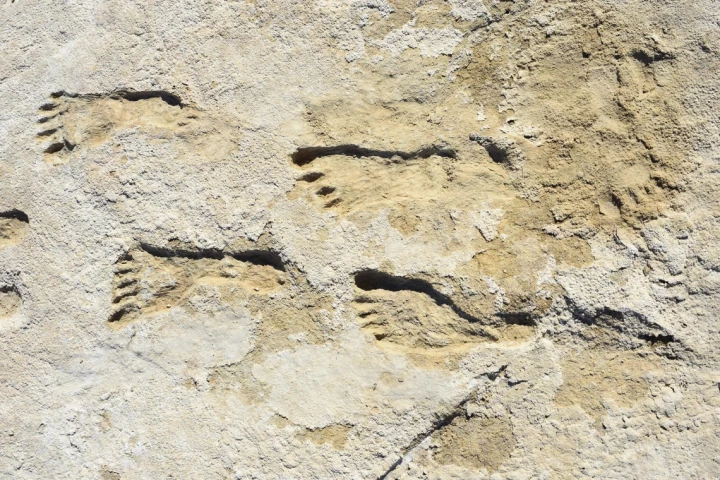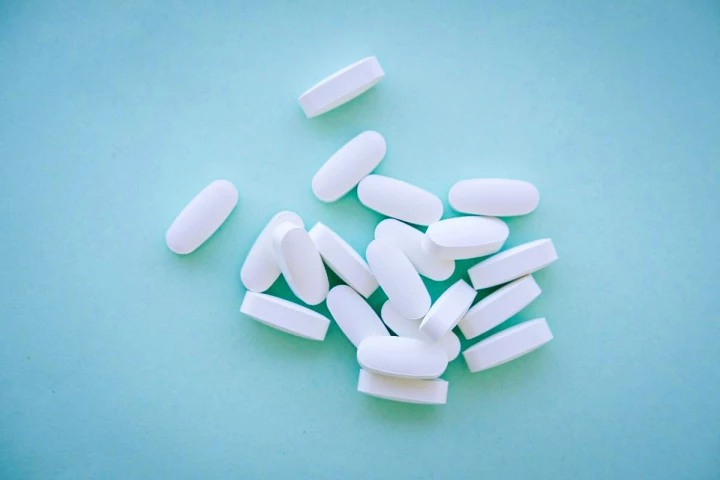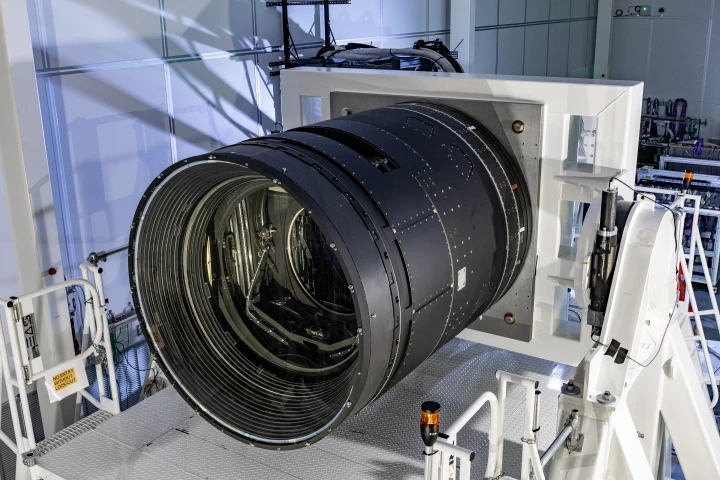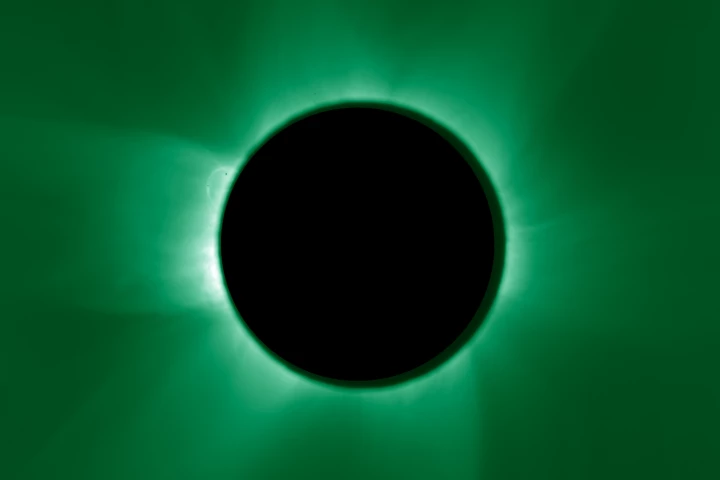Science
The latest in science news, from the depths of space to the quantum realm.
Top Science News
-
Scientists have discovered the single largest repository of gold in the world that makes Fort Knox look like a piggy bank. Making up 99.999% of all the precious metal on the planet, it's just sitting there for the taking. However, there is a catch.
-
The world's oldest human fingerprint has been discovered at an archaeological site in Spain. The fingerprint was dated at 43,000 years old and is believed to have come from a Neanderthal.
-
Researchers in the Netherlands have created mechanical structures that strangely shrink – or more precisely, snap inward – instead of stretching outward when pulled. This 'countersnapping' behavior could find use in tomorrow's soft robots.
Load More
Latest Science News
-
Deep Earth pulses beneath Africa are tearing the continent apart
July 05, 2025 | Jay KakadeA subtle yet significant geological phenomenon is currently taking place beneath the African continent. Rhythmic surges of molten rocks, pulsing upward like a "heartbeat," are ripping the continent apart to pave the way for a new ocean. -
No biological excuse for dads 'sleeping through' babies cries
July 02, 2025 | Paul McClureA new study has cast doubt on the idea that women are biologically wired to wake more to a crying baby than men. It suggests that the significant disparity in nighttime care is due to social, rather than biological, factors. -
Killer whales share food with humans to get to know us better
July 02, 2025 | Abhimanyu GhoshalResearchers have identified a fascinating behavior in killer whales: they sometimes offer to share their prey with humans. And while the orcas haven't gone on the record to confirm it, it's likely their way of building relationships with us. -
Plants can pollute the air we breathe in a surprising way
June 30, 2025 | Jay KakadeFor years, we’ve admired plants for their ability to cleanse the air but our green ally might be contributing to air pollution in an unexpected way. While they may be just trying to fend off pests, this mechanism is also harming the environment. -
Fossil footprints confirm the earliest human activity in North America
June 30, 2025 | Jay KakadeUsing new radiocarbon dating on footprints preserved in the gypsum-rich ground in White Sands, researchers have confirmed that humans roamed North America 23,000 years ago. The finding solves a long debate questioning the age of these footprints. -
Reprogrammed E. coli turns plastic waste into paracetamol
June 29, 2025 | Abhimanyu GhoshalHere's a rather novel way to keep trash out of landfills: engineering biologists have developed a way to turn common plastic bottles into the popular painkiller paracetamol. All it takes is a bit of bacteria and time to ferment the treated waste. -
Meet the tomatoes that are evolving backwards – with a toxic twist
June 29, 2025 | Michael FrancoThe evolutionary ladder is meant to be climbed one rung at a time with an organism shedding some traits and gaining others on the way up. However, in a very surprising twist, some tomatoes on the Galapagos islands are inching back down the ladder. -
World's largest digital camera captures first astro imagery
June 28, 2025 | Paul RiddenAfter decades of planning and building, the world's largest digital camera at the heart of the Vera C. Rubin Observatory on the summit of Cerro Pachón in Chile has snapped its first imagery – from test observations spanning a 10-hour window. -
Space probe creates its first on-demand solar eclipse
June 28, 2025 | David SzondyESA has found a way to make its own solar eclipses more or less on demand and all it took was a pair of robotic spacecraft flying in a formation precise to within a millimeter of each other thousands of miles from Earth. Simple. -
France's VORTEX spaceplane to land like a jet, operate like a shuttle
June 27, 2025 | David SzondyWhat will the orbital spacecraft of tomorrow look like? If Dassault Aviation has its way, it could be similar to its Véhicule Orbital Réutilisable de Transport et d’Exploration (VORTEX) reusable spaceplane unveiled at the recent Paris Air Show.
Load More
